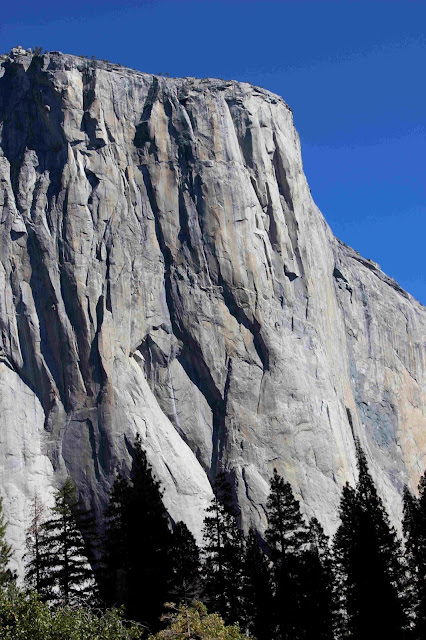By Beth Sullivan
When we were young, we read about
Peter Rabbit who got into trouble with a Farmer and a Fox, if I
remember, and escaped only by jumping into a Briar Patch losing his
shoes and clothes along the way.
 |
| Vines, shrubs, berries, and flowers make a perfect combination for a variety of wildlife. |
Well, at least some of that is
true-not the clothing part. Over the last decade or so there has been
a great emphasis on large “briar patches”, or thickets. Such
habitats are often referred to as early successional or young forest
stands. They may be old farm fields that have gone fallow and grown
up. They may be areas that have been cleared for timber and are now
re-growing. The common denominator for all of these is that the
growth is dense, low, and impossible for the “Farmer” or the
“Fox” to get through. I have been told that the measure of an
excellent thicket habitat is whether you emerge with bloody legs.
Other wise it is not quite right.
 |
| There is no way a Farmer or a Fox could get through this thicket. |
As humans, our tendency is to make
things neat, easy to get through. We love the open woodlands; we love
lush meadows with winding paths and wildflowers and grasses. We tend
not to tolerate a landscape mess. With the advent of housing
developments and malls and highways, came lawns and cleared woods,
and a whole group of animals began to decline.
 |
| An open woodland glade is pretty, but not dense enough for ideal protection. |
Small mammals, especially the New
England Cottontail, require dense, woody thickets to thrive. Several
species of birds will only nest in larger blocks of shrub thicket and
without it, they have declined: like the Blue-Winged Warbler,
American Woodcock and Yellow Breasted Chat. Certain species of
reptiles and amphibians also depend on these same habitat types.
 |
| Birds find safety in brush piles and tall woody plants. |
In 2013 Avalonia contracted to
create such habitat on 28 acres of land in the northern part of
Stonington on our Peck and Callahan preserves. Since then, yearly
monitoring has shown an increase in several of the bird and snake
species, a definite increase in pollinators, and more wildlife in
general. And it meets the bloody leg test. The briars and brambles
are now thick and impenetrable in many areas. You can read about the
changes at Peck and Callahan here.
 |
| Small mammals prefer dense protection. |
This winter will be the first year
that the growth is considered dense enough to possibly support New
England Cottontails, and wildlife biologists and volunteers from
Avalonia will be out there with little plastic bags and scoops after
a fresh snow and look for rabbit signs: pellets. These will be sent
off to have their DNA analyzed.
As a result of a great deal of study
to locate what are called focus areas, where many of these species
already are located in small numbers, or were found historically,
sites are being evaluated for protection of existing thicket habitat
and appropriate lands that can be nurtured and managed to become
thicket habitats.
 |
| Farm fields grow-in over time with shrubs and thorns. |
In recent days, an announcement was
made that the US Fish and Wildlife Service has created a new wildlife
refuge. It is named The Great Thicket National Wildlife Refuge. You
can read the press release here.
It will be different than many
refuges as we know them. Usually they are large blocks of land in one
area that can be visited for passive recreation, nature study hiking
etc. The Great Thicket Refuge will be spread throughout New England
and New York and will have 10 Refuge Acquisition Focus Areas. The
one in SE CT includes large areas of Stonington, Groton, North
Stonington, and Ledyard.
The effort
will take decades to accomplish. Land owners in the focus areas can
contact the USFWS if they are interested in selling or donating or
protecting their lands for this purpose. The lands Avalonia already
protects will be assessed for management plans and options for
working into this goal. Some over-mature forests may be reviewed for
potential renewal and revitalization of habitat.
 |
| The boundary of the Pachaug-Ledyard focus area. |
With our efforts at Peck/Callahan we
are already well on the road to creating a great thicket ‘refuge’
here in town. And several of us have the scars on our legs to prove
it is growing up just right.
Photographs by Beth Sullivan.


























